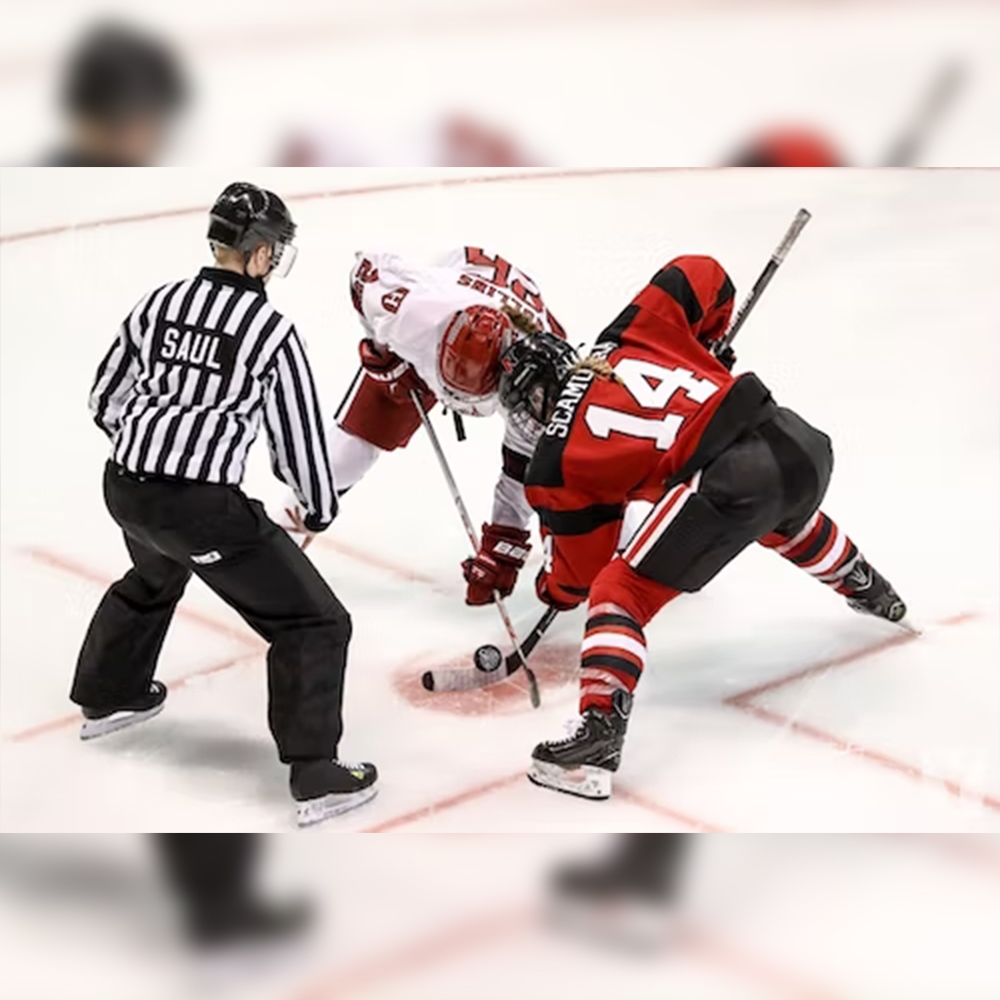How Technology and Science Are Changing the Face of Ice Hockey


It’s time to look at how technology and science are changing the face of ice hockey. Hockey is an exhilarating sport, and there are several ways that technology is helping to make it more enjoyable. For instance, sensors and carbon composite sticks are helping to make the game safer, and rinks are being built to withstand the rigors of professional hockey.
Carbon composite sticks
Until about a decade ago, hockey sticks were made out of wood. Those wood sticks would often break or crack. As a result, players would keep extra sticks on the bench. Eventually, manufacturers introduced composite sticks.
A composite stick is a hockey stick that is made of carbon fiber. It has a lighter weight and better flex. These hockey sticks also are stronger and more durable than their predecessors.
The materials are compressed and heated in a mold during the manufacturing process. Carbon fibers have a high tolerance for heat, while fiberglass adds strength. They can be combined with other materials, such as Aramid, a thermoplastic material that helps protect the stick from wear and tear.
Although carbon composite sticks are a newer technology, they have already begun to impact the sport. Some goalies, such as Sergei Bobrovsky, have already started using them. Twenty-four goalies in the NHL have switched to composites this season.
Sensors
Thanks to sensors, a new era of ice hockey are on the way. This technology can provide coaches and athletes with more stats and insights. It will also help officials make the right calls.
The NHL is leveraging wearable tech to improve player safety and training. They are integrating sensors into pucks, helmets, and skates to measure player biomechanics and other movements on the ice.
They also use infrared cameras to track players, pucks, and jerseys. These cameras can be adapted to detect movement and distance.
A new model of hockey goal is being developed that uses technology to detect the speed and direction of a puck or disc. This intelligent goal can be adapted to different modes and use a variety of sensors to calculate phase.
Another innovative piece of technology is the Shockbox, a helmet sensor that sends the hit count to a smartphone. This technology can be hidden, and teams can operationally manage it.
Creating a rink suitable for the rigors of professional hockey
Creating a rink suitable for the rigors of professional hockey takes work. There are many things to keep in mind. You must be prepared to get the job done, from lighting to the proper amount of snow.
The most efficient way to do this is to recycle water. This saves hundreds of thousands of gallons of water each year. It also saves money in the long run.
One of the most impressive feats of engineering is the creation of a rink for professional hockey. You’re sure to produce a rink suitable for the sport using water, transparent layers, and the appropriate materials. Luckily, most professional hockey teams share arenas with basketball teams.
A rink for the NHL is an 85-foot wide, 200-foot long slab of ice. Its thickness is four centimeters. It is topped off with a layer of clear water to a thickness of one inch.
Impact-related injuries
Several studies have examined the rate of ice hockey injuries among US adult players. Some of the studies have focused on concussions. Concussions, which are a form of severe brain injury, are a common occurrence in hockey. They are often the result of a fall, which causes a player to hit his head on a hard surface. A well-fitting helmet is essential to prevent a concussion.
Another study examined the incidence of concussions in a group of NHL enforcers. They reported that 15% of their injuries were due to trauma. Symptoms of a concussion may include headache, sensitivity to light, nausea, and vomiting.
In addition, the study found a significant increase in impact-related injuries among a group of males aged 26 to 35 years old. Compared to younger age groups, the increase was not statistically significant.
The National Ice Hockey Association estimates that over 20,000 impact-related injuries occur annually in the United States. These include kneecap dislocations, meniscus tears, and tears of the PCL or LCL.
